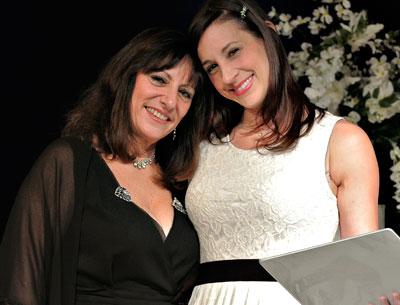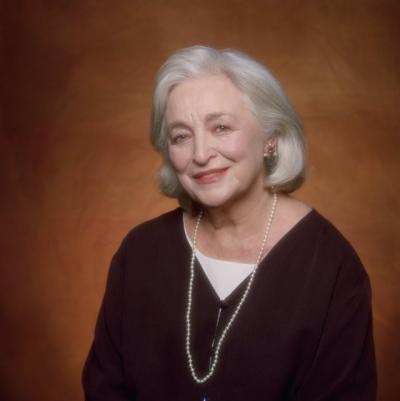Heart Songs
Heart Songs
Guild Hall will show the Met: Live in HD’s simulcast of “Les Contes d’Hoffmann,” an opera by Jacques Offenbach, on Saturday at 1 p.m. First performed in 1881, four months after Offenbach’s death, the opera is based on three short stories by E.T.A. Hoffmann, who is the opera’s protagonist.
The prologue shows Hoffman and his fellow students in Luther’s Inn at Nuremberg. He is persuaded to tell of his three love encounters, which form the three succeeding acts. The opera ends as it began, with an epilogue set in the tavern.
Vittorio Grigolo, a tenor, plays the tortured poet and unwitting adventurer of the title, and Hibla Gerzmava, a soprano, sings all three heroines, each an idealized embodiment of some aspect of Hoffmann’s desire. Tickets are $22, $20 for members, $15 for students.
A different musical slant will be provided when the John Drew Theater Lab presents “Songs of the Heart,” a free performance of original compositions by Sheree M.C. Elder, a vocalist whose pieces combine pop, soul, classical, and R&B, on Tuesday at 7:30 p.m.
Ms. Elder, who will be accompanied by Daniel Eugene, a musician and songwriter, and Dereck Rey, a percussionist, has performed frequently on the East End, including at the Southampton Cultural Center, Guild Hall, the Hampton Classic Horse Show, and at libraries in Riverhead, Hampton Bays, and Southampton, among other venues.



